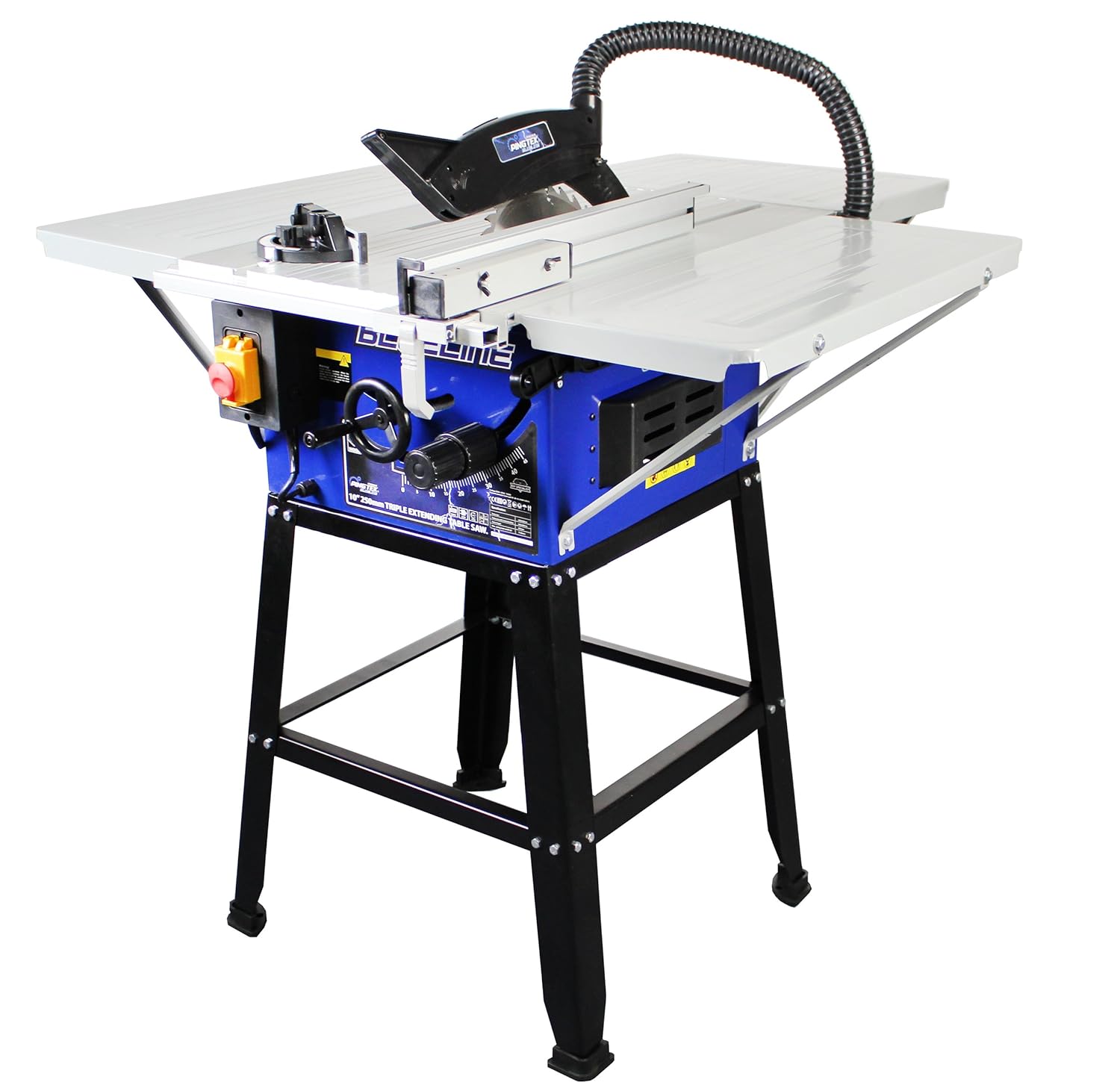transatlantic
Boom!
I've just made one of these from browsing a few videos on youtube, and whilst it works, it was frustrating to make. The frustrating part was getting the damn thing square to tight tolerances. I spent quite a few hours researching how to get the fence square to the blade and pretty much every tutorial was the same. Square it the best you can with a mitre square to begin with, screw in place, do a test cut (5 cut method), adjust if necessary (drilling a new hole for a new screw).
I did this a few times until I was happy, but I couldn't help but think that there has to be a better way! ... I really didn't like having to drill new holes, and moving the fence such small amounts was tricky and FRUSTRATING
After having made mine, I came across this
Slaps head!! Bah! So simple.
So instead of using a single piece of wood for the fence and the front support, you have a piece for each. That way the construction of the base, front and back supports are only framework, and need not be accurately square. Once the framework is constructed, you insert the fence infront of the front support, and clamp one side. Tweaking is now easy! simply put a shim between the fence and the front support on the other side and clamp. Moving the shim to the left or to the right is both easy and very precise, allowing for the smallest of changes without drilling new holes.
Hope this helps someone else!
I did this a few times until I was happy, but I couldn't help but think that there has to be a better way! ... I really didn't like having to drill new holes, and moving the fence such small amounts was tricky and FRUSTRATING
After having made mine, I came across this
Slaps head!! Bah! So simple.
So instead of using a single piece of wood for the fence and the front support, you have a piece for each. That way the construction of the base, front and back supports are only framework, and need not be accurately square. Once the framework is constructed, you insert the fence infront of the front support, and clamp one side. Tweaking is now easy! simply put a shim between the fence and the front support on the other side and clamp. Moving the shim to the left or to the right is both easy and very precise, allowing for the smallest of changes without drilling new holes.
Hope this helps someone else!

































